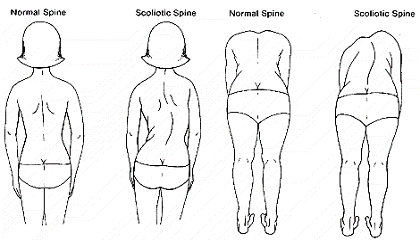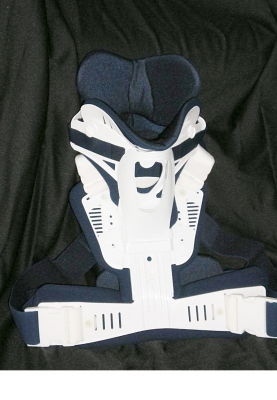The spine is an elegant structure. from the side it takes the form of an elongated s, the upper back bowing outward and the lower back curving slightly inward. your spine, or backbone, helps hold your body upright. Without it, you couldn’t walk, run, or play sports. If you look at yourself sideways in the mirror or look at a friend from the side, you’ll notice that the back isn’t flat like a piece of board. Instead, it curves in and out between your neck and lower back. some curvature in the neck, upper trunk and lower trunk is normal. However, when there are abnormal side-to-side (lateral) curves in the spinal column, we refer to this as functional scoliosis. Functional scoliosis is an abnormal curvature of the spine. While small curves generally do not cause problems, larger curves can cause discomfort. If a functional scoliosis curve gets worse, the spine will also rotate or twist, in addition to curving side to side. There are no activities, including sports, that doctors know about that can make functional scoliosis worse. A curved spine can cause someone’s body to tilt to the left or right. These problems may be noticed when a kid is trying on new clothes. Continue reading

